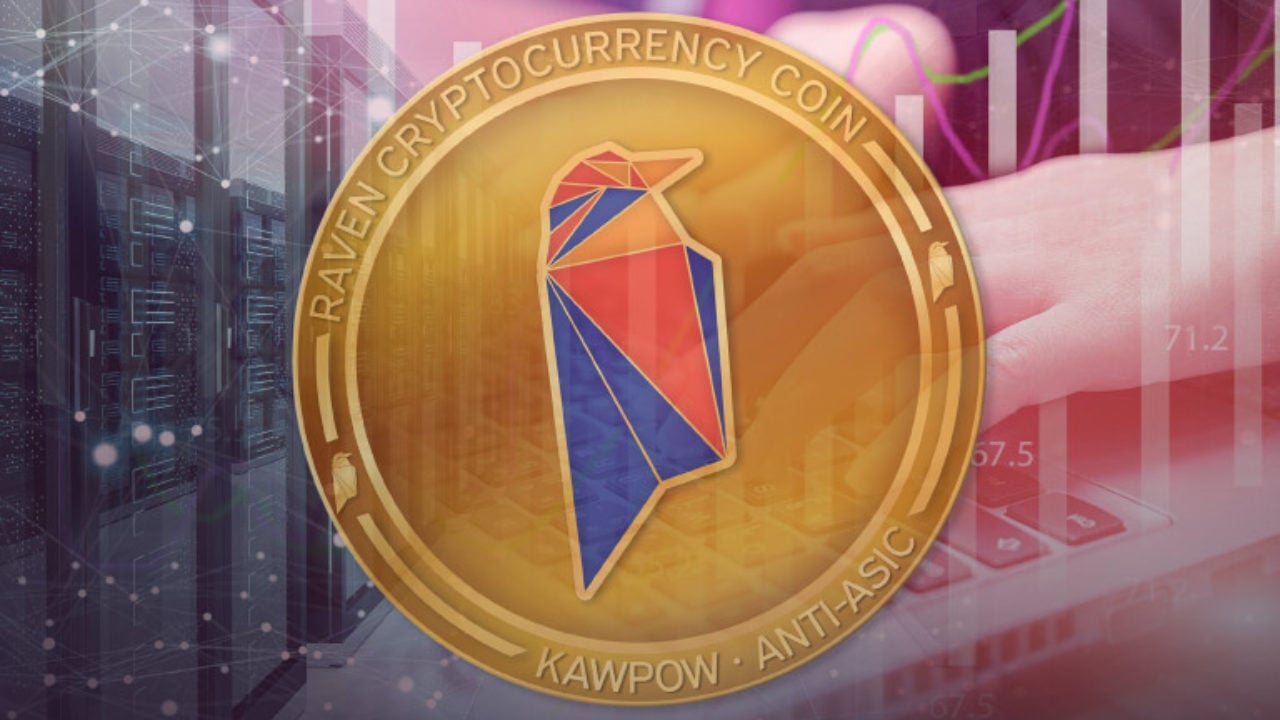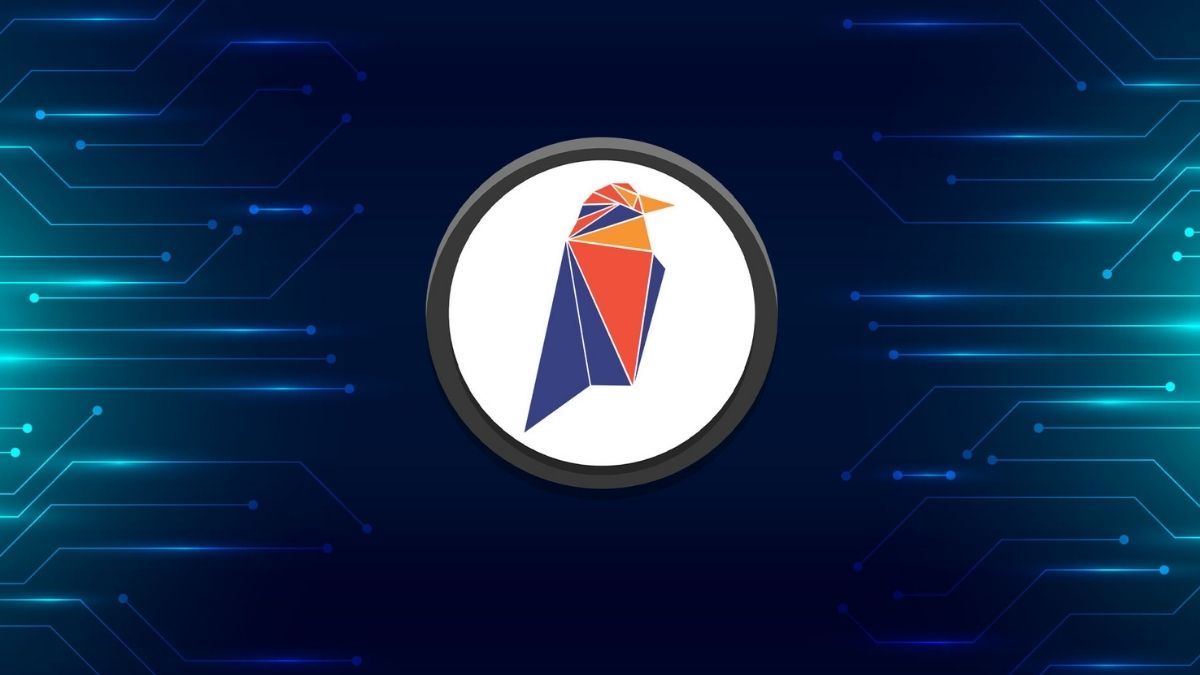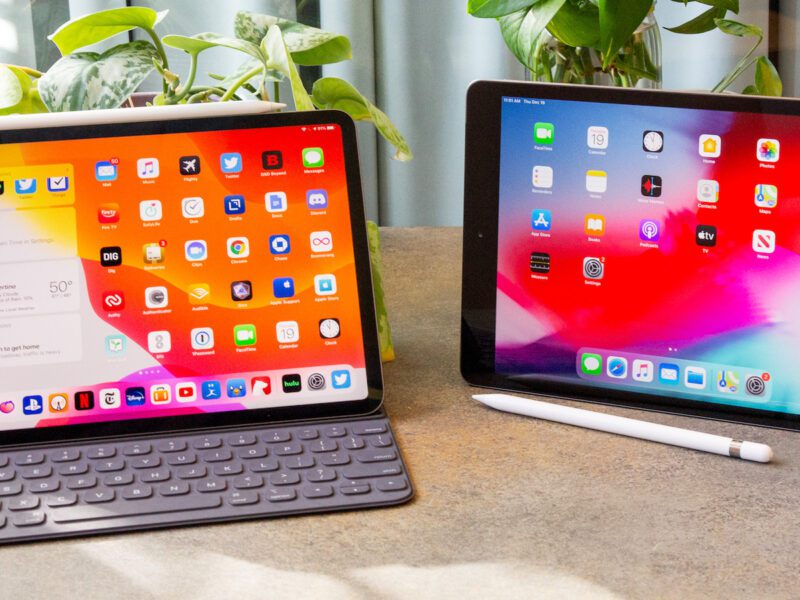
Everything about Ravencoin
Interested in knowing awesome facts about Ravencoin?
Welcome to the short guide to Ravencoin. This article will inform you about RVN, who crafted this idea, how RVN works, and its purpose. You must keep an eye on what is going in the world of digital currencies.
Let’s get started reading….
Ravencoin (RVN)
Ravencoin is a peer-to-peer (P2P) blockchain, managing the efficient generation and transfer of assets from one entity to another.
OR
Ravencoin is employed to P2P technologies that function with no central authority: handling transactions & issuing money are carried out collaboratively by the system.
It is an innovative digital currency that permits immediate payments to anybody, anywhere in the globe. It does not have staking. Its platform also lets anybody generate assets (tokens) on the Ravencoin network. Assets can be used for NFTs, Gift Cards, STOs, and fractional ownership of everything of value.

Purpose
The system is meant to permit the production and exchange of tokens that reflect real-world assets like equities, gold, collectibles, event tickets, and even airline miles.
Key Features:
- It is open-source software and will be given and mined openly with no pre-mine, developer allotment, or any other comparable set aside.
- It is meant to promote user autonomy, privacy, and censor resistance, and be country neutral while offering easy optional extra capabilities for users depending on necessity.
- It develops a blockchain tailored exclusively for transferring money such as equities from one holder to the other.
- Regarding the beneficial testing and development of Bitcoin, RVN is based on a fork of a Bitcoin code.
- Key modifications include a speedier block reward time and a change in coins’ quantity but not a weighted distribution pattern.

Who crafted Ravencoin?
RVN was created in 2018 via a fork of Bitcoin’s core by entrepreneur Bruce Fenton with developer Tron Black.
The RVN team, abstaining from any publicly or privately token sale to investors, aimed to imitate Bitcoin’s debut, meaning none of the other token allocations was put aside for others in anticipation.
Boundaries and authorities will be less significant in the emerging global economy as more assets are transferable and trading across countries is more frictionless. In an era when individuals may transfer huge quantities of money immediately using Bitcoin, worldwide customers will certainly want the same effectiveness for their equities and comparable asset holdings.

How does RVN work?
Ravencoin’s code was borrowed from Bitcoin but built its distinct network, asset, or protocol regulations. Other characteristics were adjusted to incentivize asset issuance, including communication among users of certain tokens on its networks.
- To keep its system in sync, Ravencoin employs a version of the Proof-of-Work (PoW) consensus protocol, termed KAWPOW, aiming to decrease the entry barriers to processing.
- Comparable to PoW on Bitcoin, KAWPOW is utilized by a computer network running the RVN software to protect the network, verify transactions and distribute freshly minted RVN.

Token Issuance
To generate a new crypto asset, a user should burn a particular quantity of RVN coins and supply a unique name for their token.
- Upon issuance, issuers may additionally declare particular attributes for their token like the number of tokens released, the number of decimal points in which it could be fractioned as well as its fungibility
For such a global system to be successful, it will need to be entirely independent of regulating nations. This isn’t due to intellectual conviction, but rather to practical considerations. Censorship resistance and jurisdiction agnostic rails for blockchain transfers are not included in the design, and any country may be at odds with another state.
In previous systems, money was often restricted to the holder’s jurisdiction and thus simple to manage based on the rules of that jurisdiction. In modern systems, wealth is generally distributed globally. Due to the obvious global nature of blockchains, any power to regulate wealth at the protocol level might possibly lead to conflict across states and make it impossible to function in an equitable manner.

Final Notes
Ravencoin is a program aiming to stimulate a network of computers to administer a platform enabling users to establish a new class of crypto assets. It gives the option for token producers to communicate with everyone who owns their tokens, enabling particular holders to be alerted when they may need to vote on proposed reforms.
- RVN is supposed to be a use case-focused blockchain built to effectively perform one function: the exchange of assets through one party to another.
- One purpose of the Ravencoin project is to explore whether a use case-focused blockchain or development effort can provide code that may either enhance current structures like Bitcoin or give benefits for certain use cases.
- Even though all RVN tokens are transferrable, token holders may not only transfer their voting to other network users, and they can also elect to sell their interest in a society when they wish to.








